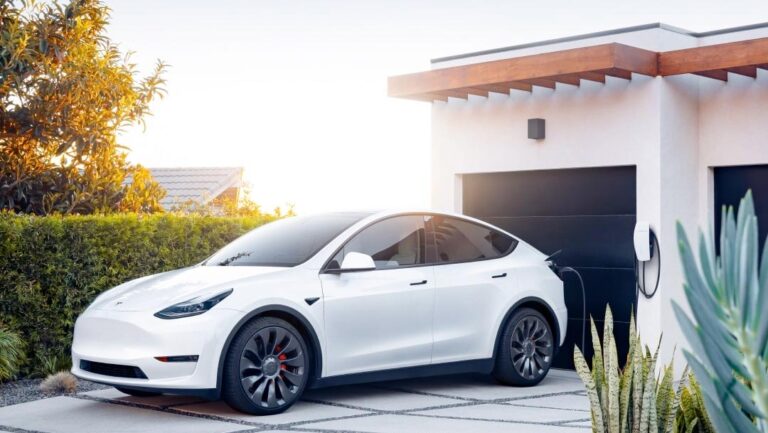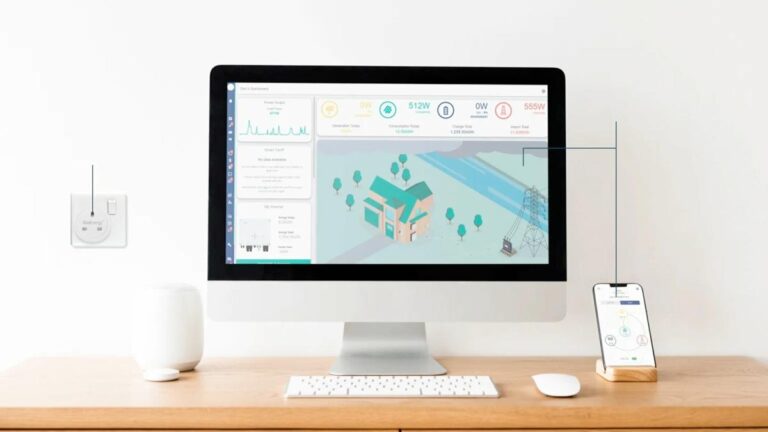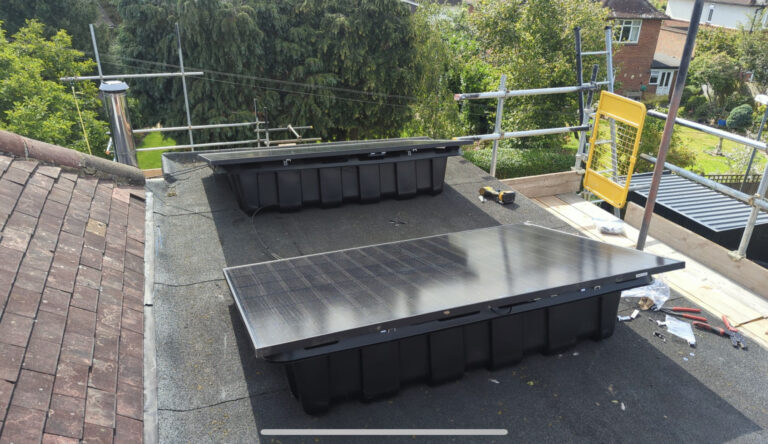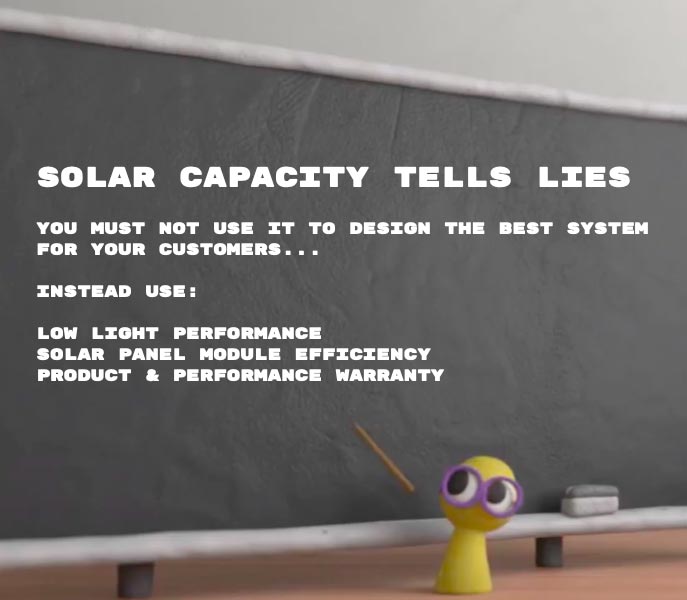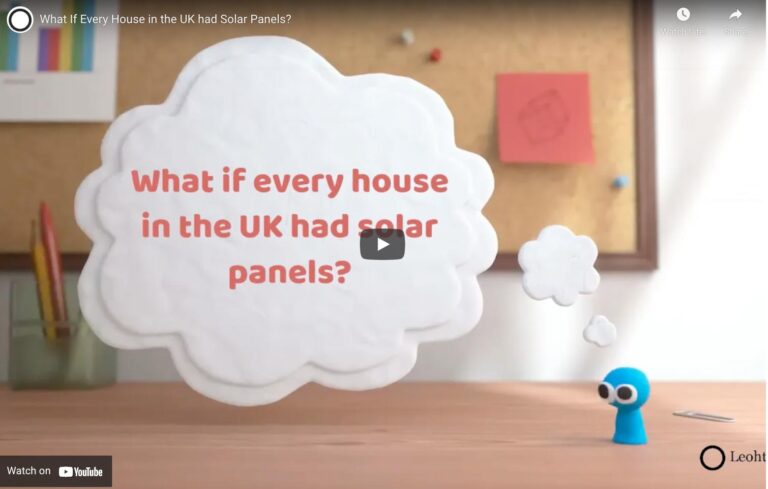The main ingredient in a solar panel is Silicon (90%+). Silicon is the second-most abundant element on the planet after Oxygen. About 28% of the Earth’s crust is Silicon.
A fact that surprises a lot of people, especially solar sceptics!
- To extract Silicon from the rocks and sand it is put into an enormous furnace at over 2000 degrees Celsius. Resulting in pure liquid Silicon. Everything from Glass windows to computer chips uses Silicon – which all go through this extraction process.
- This Silicon is then cooled (crystallised). Solar cells need to have an ‘electric potential’ to generate a current, so a chemical is added (Boron) to the crystallised Silicon, a second chemical (Phosphorous) is added later in the production process to create a second layer.
- The crystallised Silicon and Boron are added to a large furnace and baked for two days to combine the elements.
- This results in a large block of crystallised Silicon known as an ingot, this block is then cut into individual cell-sized columns and then cut again into very thin Silicon crystal wafers.
- These wafers are then separated and cleaned.
- The wafers are then treated with the second chemical (Phosphorous) and baked again to create the two separate layers. We now have an ‘electric potential’ A positively charged layer and a negatively charged layer.
- The cells are then treated with an anti-reflective coating as any light reflected from the cells would be wasted energy.
- The solar cells are now ready to be assembled and create energy.
- A semi-molten metal is applied to the back of the cells – often aluminium, which can help conduct electricity.
- The cells are then assembled into rows connected by metallic strips (or printed on using a Silver paste). These ‘contacts’ are then baked onto the cell using a furnace.
- Each cell is tested, inspected and sorted into classes of efficiency and quality. They can then be assembled into a solar panel.
- The cells can then be connected together in rows to form the panel. The modules are made up of a sheet of glass, cells, adhesive and a back sheet.
- The module is then laminated and cured by heating.
- An aluminium frame and a junction box are then attached to the laminated module.
- All finished modules then go through a series of tests before leaving the factory. An infrared camera looks for micro-cracks in the module/cells. The module is then ‘flash tested as the final test of quality to ensure it will perform as expected.


